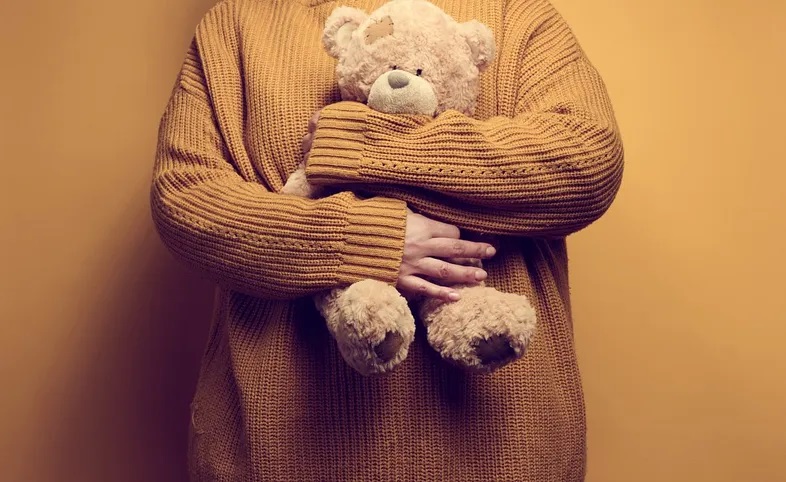
Foster Care Awareness Month
by- Brittany Medina
Minutes. This is the amount of time children have to pack their belongings before being removed from their homes.
Often, a garbage bag is handed over to the child and they are told to put their belongings inside. They have no indication of where they are going or what they might need at their new home. They are uncertain, scared, and confused.
There are many reasons why children would have to be removed from the care of their primary caregivers. Abuse, neglect, and a parent’s inability to cope with daily life are three of the main reasons for removing a child from their home (ACF, 2020).
Placing a child into foster care involves a lot of paperwork. Court orders need to be signed. Child Placing Agencies (CPAs) need to agree to the child’s placement into one of their licensed foster homes. Due to this, some children have to wait in an office all day until the CPA finds a placement, while others may already have a placement lined up. If the CPA doesn’t find a placement, a child may have to spend a night in a hotel with a social worker. This is the worst-case scenario, but it happens more often than people think.
Unfortunately, the USA has a nationwide shortage of foster homes. CPAs struggle to recruit foster parents as well as retain them. An article in Foster Focus Magazine reported that “30% to 50% of foster parents make the decision to no longer be a foster parent” for children in need (DeGarmo, 2017) This is due to the lack of support from caseworkers and agencies, loss and grief the foster parents experience, and the lack of training about burnout, grief, and trauma (DeGarmo, 2017).
The placement’s location is out of the child’s hands. It could be hours away from everything they know, causing a plethora of feelings such as loss, anger, and ambivalence, to name a few. While the system has its flaws, it exists with the hope that a child can have a safe and supportive environment to grow and thrive. The placement could be short-term or long-term, but the length is deemed based on the changes the primary caretaker makes. The goal is always to reunite children with their original families, but only if the environment is safe for them to return.
As of 2020, there were 407,493 children in foster care. The typical child spends 6-11 months in the system with the majority returning home to their original families (ACF, 2020). Of the 28% of children who are later adopted, 6-11 months is also common (ACF, 2020)
National Foster Care Month is recognized each May. This is a time to honor those individuals that graciously welcome children into their homes, as well as those who work closely with foster children. These individuals protect our youth and provide a safe, loving home for children to grow.
Throughout this month, think of the children who are removed from their homes and who face the unknown of the foster care system. Think of the workers who work tirelessly to support and advocate for these youths. Praise and honor the foster families that open their doors with arms wide open, often with no idea of what is to come.
We are here to support you in your personal healing journey to complete wellbeing. We bring awareness and education to 12 different types of abuse to include: Narcissism, Sexual, Physical, Psychological, Financial, Child, Self, Cyberbullying, Bullying, Spousal, Elderly and Workplace and help others heal and find peace.
To learn more about ARO and to make a donation to support our life saving activities, please visit GoARO.org.
References
Administration for Children and Families (ACF), U.S. Department of Health and Human Services. (2020). The AFCARS Report: Preliminary FY 2020 estimates as of October 04, 2021-No.28
. https://www.acf.hhs.gov/sites/default/files/documents/cb/afcarsreport28.pdf
DeGarmo, J. N. (2017, February). Foster parent retention revisited. Foster Focus Magazine. http://www.fosterfocusmag.com/articles/foster-parent-retention-revisited
















